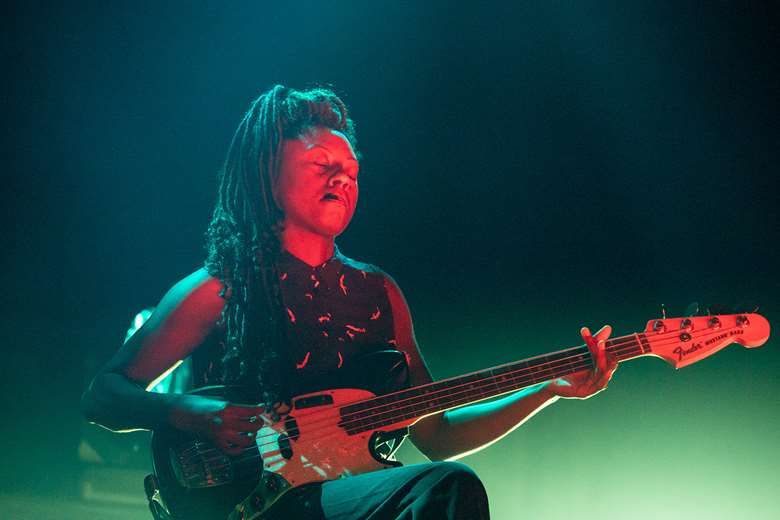Monheim Triennale festival explodes with experimental excitement on the Rhine
Martin Longley
Friday, August 5, 2022
Martin Longley discovers a weird, wired and wonderful programme of leading left-field artists at this year’s Monheim Triennale in Germany


Register now to continue reading

Thank you for visiting Jazzwise.co.uk. Sign up for a free account today to enjoy the following benefits:
- Free access to 3 subscriber-only articles per month
- Unlimited access to our news, live reviews and artist pages
- Free email newsletter